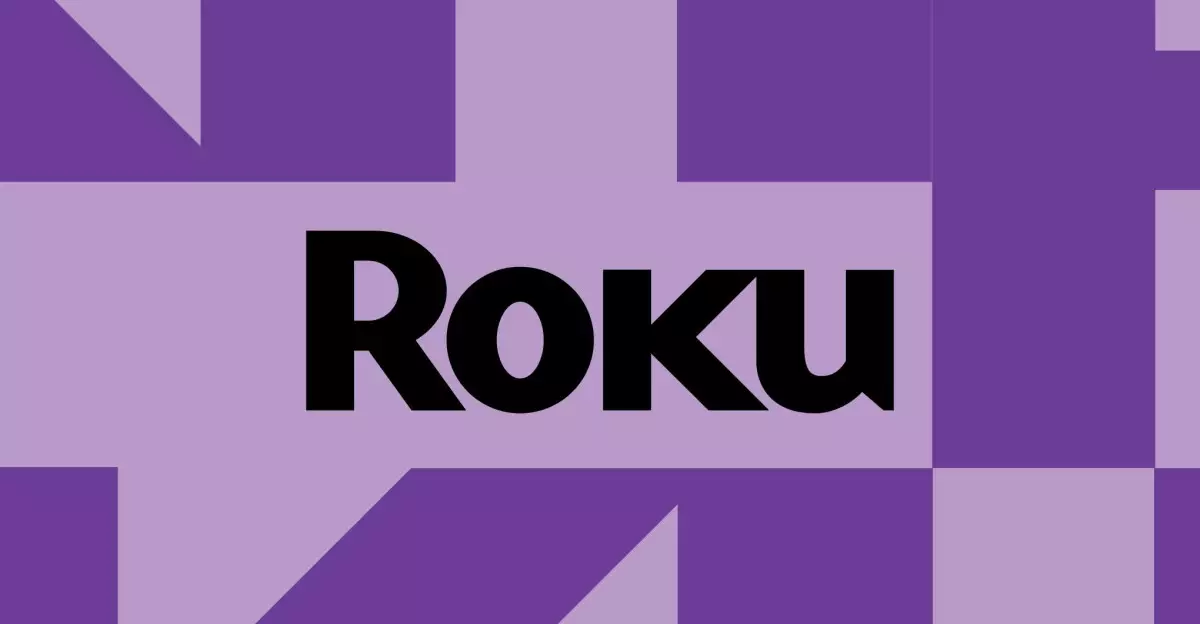In recent days, Roku users have been gripped by a crisis that seems to have emerged from the tech giant’s latest software update. Reports of washed-out colors while streaming HDR content have surged, prompting a wave of complaints from frustrated viewers. In an age where visual fidelity is paramount, the capability to deliver a vibrant viewing experience is not merely an enhancement; it is a necessity. However, as users flock to platforms like Disney Plus and others, they are met with the disheartening sight of muted colors and a loss of detail—a stark deviation from the vivid visuals they expect.
Wes Davis, a weekend editor with a focus on tech and entertainment, has been front and center, covering these complaints since they began to proliferate. Known for his insights into both tech news and reviews, he becomes a voice for those grappling with this frustrating issue. While Roku’s investigation into the color problem is commendable, it raises a pivotal question: how did such a significant issue slip through quality assurance checks in the first place?
Impact on User Experience
As users began detailing their experiences on Roku’s issue tracking forum, it quickly became evident that the color aberration wasn’t limited to just one app or brand of TV. Initially restricted to Disney Plus and TCL televisions, the dilemma has expanded, extending its reach to popular streaming platforms like YouTube TV, Netflix, and Amazon Prime Video. This systemic failure is alarming, revealing the potential fragility of the streaming hardware and software interdependencies.
The feedback from users paints a vivid picture of their dismay. One user explicitly showcased the problematic transformation of the series “Andor” from a source of colorful storytelling to an almost monochromatic spectacle. Such experiences are devastating to a viewing experience meant to captivate and immerse. In a time where streaming services curate content with stunning visuals, the inability to display such beauty leaves viewers disillusioned.
Moreover, while GPUs and other hardware continue to improve, enabling better resolution and depth in HDR formats, a failure at the software level can undermine all efforts. The apparent limitations of the Roku software version 14.5 have sparked concerns not only about user experience but also about the efficacy of Roku’s ability to adapt and correct its technological course.
Desaturation and Its Technical Implications
Diving deeper into the technical underpinnings of this issue, it’s noteworthy that washed-out colors in HDR can often stem from televisions lacking the necessary brightness to accurately portray HDR images. Yet, this isn’t merely about inadequate hardware. Reports have surfaced indicating that devices like the Hisense and TCL TVs are displaying problems that should not be occurring, given their specifications and intended capabilities.
Interestingly, some users have discovered that while their Roku streaming appears problematic, HDR works flawlessly via HDMI from other devices such as gaming consoles or 4K Blu-Ray players. This distinction underscores the idea that the issue is inherently linked to the software ecosystem of Roku, rather than the hardware limitations of the TVs. It raises concerns about the future reliability of Roku’s ecosystem—how many users are silently enduring these struggles without a resolution in sight?
Community Reactions and Beyond
In this age of technological advancement, where consumers expect manufacturers to provide seamless experiences, the community reactions to Roku’s color crisis are paramount. Many users have united in expressing their frustration, exchanging tales of disappointment rooted in the once-proud promise of high-definition content. The vibrant community discussions that have emerged from this situation highlight a more significant conversation about accountability within tech companies.
The dialogue isn’t just about color distortion; it’s a commentary on the broader implications for user trust. When beloved brands experience such pivotal failures, how do loyal customers perceive their commitment to quality? In a world that eagerly adopts new technologies, a single misstep can inspire lasting skepticism.
Roku’s impending steps toward a solution remain to be seen, but the onus is on them to not only resolve the immediate crises but also to restore faith in their brand integrity. Technology should enhance our viewing experiences—not detract from them. The stakes are high, and as the color crisis unfolds, the tech world watches, awaiting Roku’s next move.

